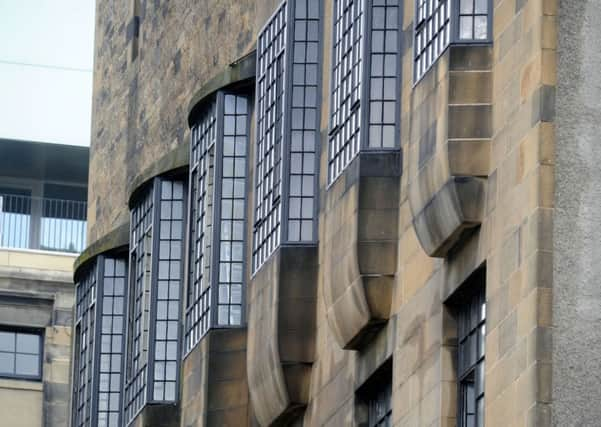Roger Cox: Glasgow can deal with Mackintosh loss


In Lapis Lazuli, his great, wise poem about the resilience of the human spirit in the face of the relentless march of time, WB Yeats writes of “old civilisations put to the sword” and how “they and their wisdom went to rack”, and he considers that, in terms of the great sweep of human history, even the exquisite marble sculptures of the fifth-century Greek artist Callimachus “stood but a day”. Yet his conclusion is optimistic: “Things fall and are built again,” he writes, “And those that build them are gay.”
Last Friday’s fire at Glasgow School of Art’s Mackintosh Building was a tragedy on many levels: a tragedy for the students who lost their work, and in particular the final-year students who lost the chance to exhibit at their upcoming degree show; a tragedy for Glaswegians, who could only look on in horror as a source of huge civic pride went up in smoke; and a tragedy for the nation, which lost both a piece of architecture of incalculable cultural value and also an unknown quantity of artworks and associated ephemera that could, when the losses have been properly assessed, equate to a significant chunk of Scotland’s art history.
Advertisement
Hide AdAdvertisement
Hide AdBut as Yeats says, “things fall and are built again” and thanks to the work of some skilful, dedicated people, we are now in a better position to set about restoring this national treasure to its former glory than at any time since it was built.
Thanks to the Royal Commission on the Ancient and Historical Monuments of Scotland, we have a sizeable archive of high-resolution images of the building, taken both inside and out; and thanks to Historic Scotland we have a state-of-the-art, three-dimensional scan of the exterior. Furthermore, the original architectural plans aren’t just available to us, they’ve been studied in minute detail for decades by armies of art historians, as has almost every single piece of furniture that once graced the interior. Of all the buildings in Scotland, there can be few that we know more intimately than this one, and few that we are better equipped to restore.
Such a project will be expensive, of course, and there will perhaps be some who will baulk at the price tag. But the importance of a nation’s major cultural institutions to its sense of itself is beyond measure. And as Yeats suggests, albeit in rather anachronistic terms, there is great satisfaction to be had from rebuilding something that has been broken.
Glasgow is a city with a proud tradition of craftsmanship – what better way to show the world that that tradition is still alive and well than by making this restoration a work of art, right down to the tiniest detail.